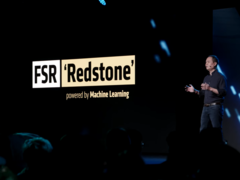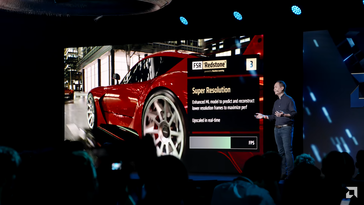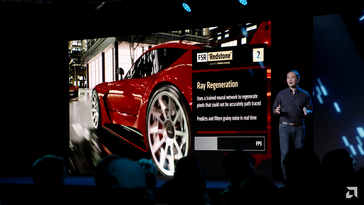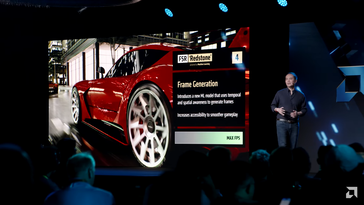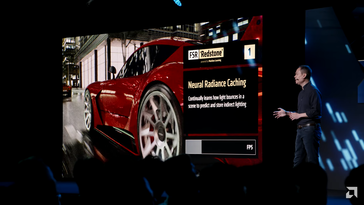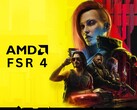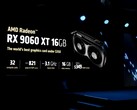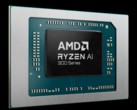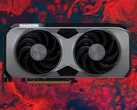Ever since the release of the first-gen DLSS, AMD has been trying to catch up to Nvidia. It looks like Team Red is now closer than ever. With the latest FSR 4, AMD has made tremendous image quality gains, and FSR’s output image is now in the same league as DLSS. At Computex 2025, AMD has launched new FSR Redstone, further closing the feature gap between FSR and DLSS.
FSR Redstone brings new Machine Learning-enhanced technologies
FSR Redstone is an amalgamation of three main technologies:
- Neural Radiance Caching
- Machine Learning-based Frame Generation
- Machine Learning-based Ray Regeneration
While AMD already has Frame Generation support in FSR, the introduction of Ray Regeneration and Neural Radiance Caching brings Team Red closer to offering all software features offered by Nvidia on RTX GeForce GPUs. For instance, Nvidia introduced RTX Neural Radiance Cache in January 2025 to enhance and speed up taxing techniques like full Path Tracing.
Neural Radiance Caching
Neural Radiance Caching (NRC) is a technique to speed up indirect lighting. AMD claims that NRC learns indirect light bounces and, based on these initial calculations, predicts further bounces and stores the information. This way, the hardware doesn’t have to work overtime to infer indirect lighting for rays in a path tracing environment, resulting in much improved performance.
Path tracing, while offering stunning visuals, is obscenely expensive. For instance, even the most powerful GPU, the RTX 5090, can’t smoothly play games like Cyberpunk 2077 with full Path tracing turned on. So, with techniques like NRC, AMD/Nvidia GPUs can offer playable frame rates without compromising image/lighting quality.
Ray Regeneration
FSR Redstone’s Ray Regeneration is aimed at improving and speeding up ray tracing. This technique is AMD’s answer to Nvidia’s DLSS 3.5 Ray Reconstruction. Ray Regeneration replaces traditional hand-drawn denoisers and uses ML to denoise ray-traced pixels. This not only improves the quality of the ray/path-traced scenes, but also improves performance as traditional denoisers are quite taxing.
Like NRC, AMD doesn’t provide a ton of technical detail about Ray Regeneration. But if you want to learn how Ray Regeneration works, Nvidia has a video explaining the DLSS 3.5 Ray Reconstruction. While we don’t know if and how Ray Regeneration differs from Ray Reconstruction, the general principles both techniques rely on should be similar.
Moreover, if you want to see the quality and performance impact of such ML-enhanced ray tracing technologies, Digital Foundry has a pretty good video about the subject (linked below).
ML-based Frame Generation
In addition to NCR and Ray Regeneration, AMD FSR Redstone also brings new Frame Generation using a new ML model. This new model relies on both spatial and temporal frame data to generate new “fake” frames. Interestingly, AMD doesn’t share if the new FSR Redstrone Frame Generation supports Multi-Frame Generation (MFG) as seen with the current versions of DLSS.
Finally, FSR Redstone will be available in titles in H2 2025 but only for RDNA 4 GPUs. So, gamers who have or manage to get the RX 9070/XT or the RX 9060 XT will be able to enjoy better and faster ray tracing. Radeon gamers stuck on last-gen cards will, unfortunately, have no access to FSR Redstone, seemingly due to slower AI performance.




